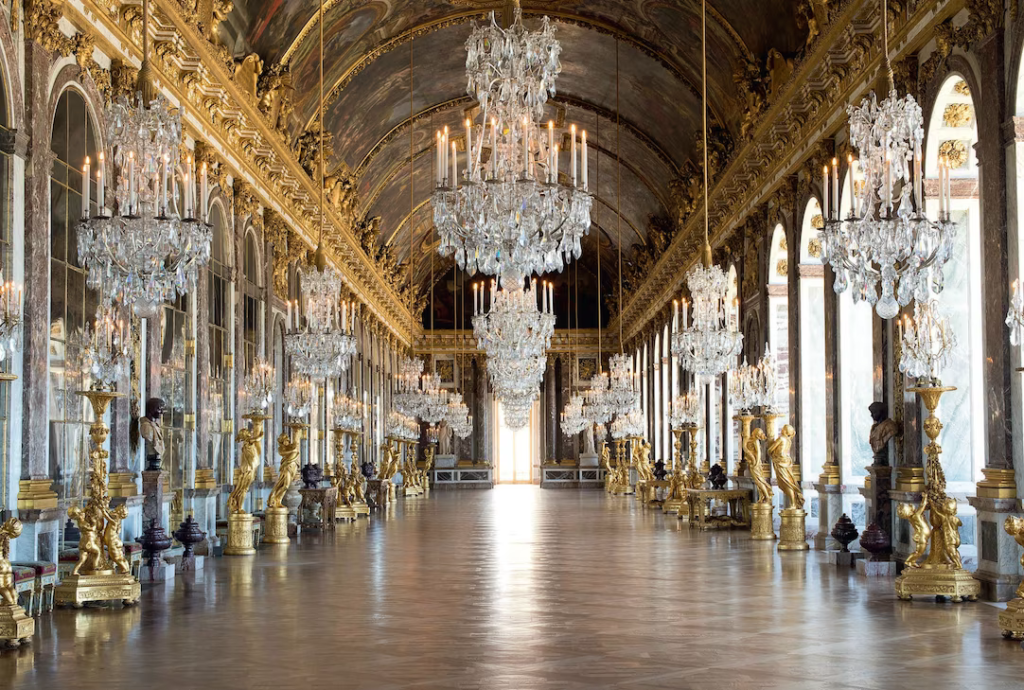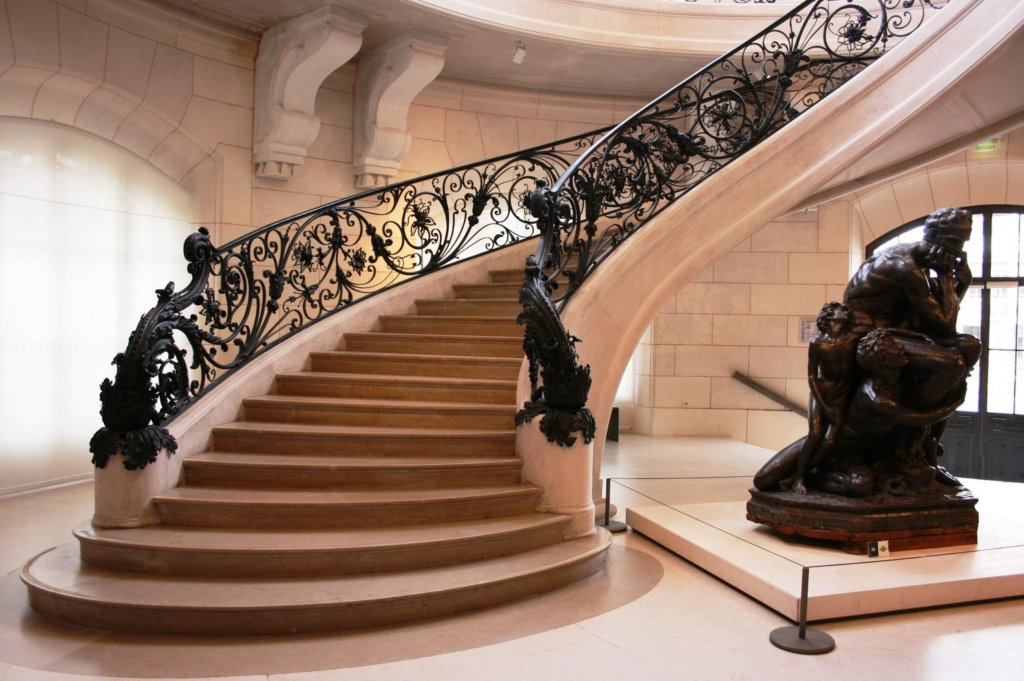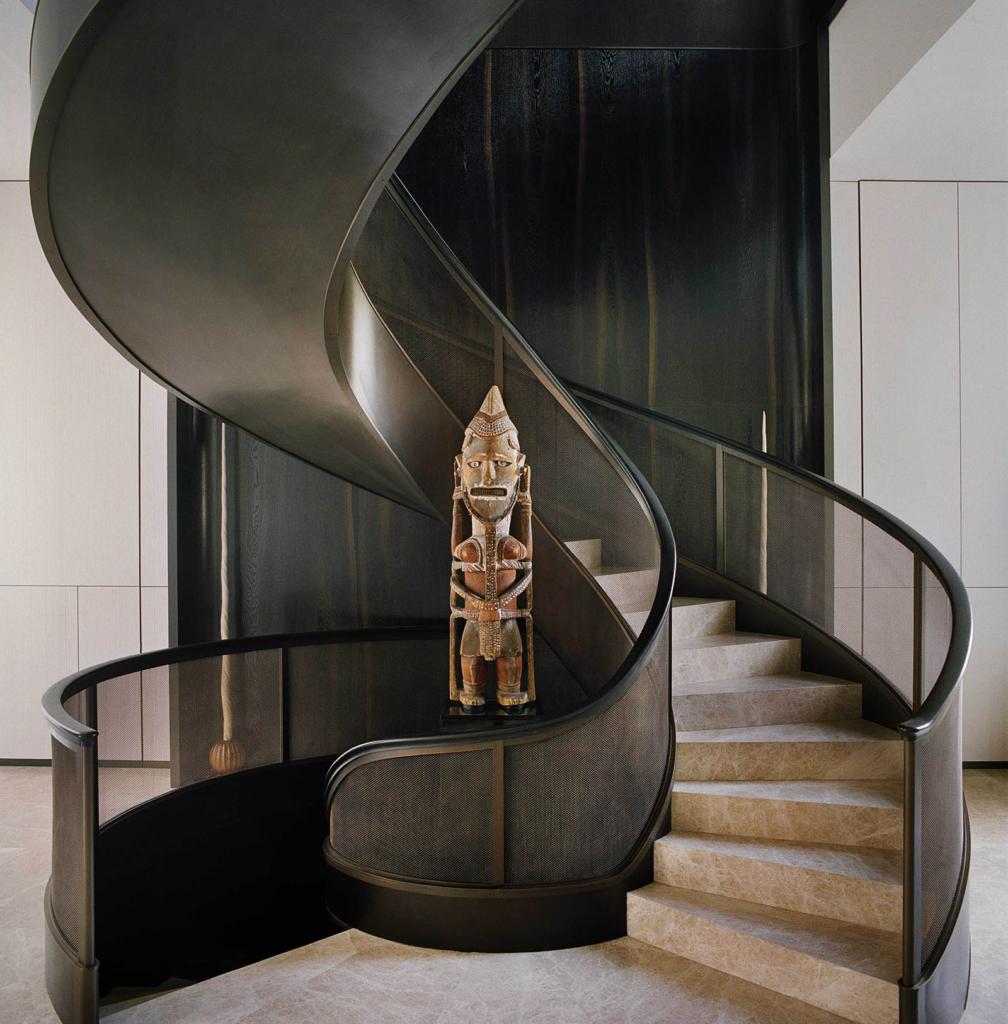A Journey Through the History of French Interior Design
stories
Embarking on a captivating journey through the annals of time, French interior design stands as a beacon of sophistication, elegance, and enduring style that has left an indelible mark on the global design landscape. From the lavish courts of Versailles to the chic apartments of Paris, the history of French interior design unfolds as a fascinating narrative, intertwining art, culture, and craftsmanship in a symphony of timeless aesthetics.
The Grandeur of Versailles

Source NatGeo
Our exploration begins in the 17th century, a period that witnessed the transformation of the Palace of Versailles under the visionary rule of Louis XIV. This era heralded the dominance of the Baroque style, characterized by opulent furnishings, sumptuous fabrics, and intricate detailing. The grandeur of Versailles, with its gilded accents, mirrored surfaces, and luxurious textiles, not only set the tone for French design but also established a standard of elegance that would resonate for centuries.
The Rococo Flourish

As the 18th century dawned, the Rococo style emerged, ushering in a departure from the weightiness of Baroque aesthetics. This period celebrated the embrace of curved lines, pastel hues, and ornate motifs inspired by the whimsy of nature. Renowned figures like Jacques-Antoine Lebrun and François de Cuvilliés played instrumental roles in popularizing the Rococo style, leaving an indelible mark on European design sensibilities.
Neoclassical Elegance

Source AD
Transitioning into the late 18th century, Neoclassicism took centre stage, drawing inspiration from the classical aesthetics of ancient Greece and Rome. Architects such as Ange-Jacques Gabriel and artists like Jacques-Louis David spearheaded this movement, advocating for symmetry, clean lines, and a refined colour palette. The Louis XVI style, named after the monarch, epitomised understated luxury and refined taste during this epoch.
19th Century Romanticism

Source: LightZoomLumiere
The 19th century witnessed a shift towards Romanticism, an era that embraced a more eclectic approach to French interior design. Admiration for the picturesque and sentimental led to a fusion of styles, characterized by ornate furniture, lavish draperies, and an emphasis on exquisite craftsmanship. The prestigious Maison Jansen design firm played a pivotal role in creating sumptuous interiors for the aristocracy and elite.
Art Nouveau and Art Deco

As the 19th century flowed into the 20th century, France became a crucible for both Art Nouveau and Art Deco movements. Art Nouveau embraced organic forms and intricate details, while Art Deco celebrated geometric shapes and streamlined elegance. Visionaries such as Émile-Jacques Ruhlmann and René Lalique contributed significantly to the evolution of French interior design during this dynamic period.
Modern French Chic

Source: Christian Liaigre
In the 20th and 21st centuries, French interior design has continued to evolve, blending classic and contemporary elements seamlessly. The juxtaposition of timeless traditions with innovative flair, a commitment to superior craftsmanship, and an emphasis on comfort define modern French chic. Design luminaries like Christian Liaigre and Philippe Starck have carried the torch forward, creating spaces that resonate with the essence of French elegance.
In conclusion, the history of French interior design unfolds as a rich tapestry, intricately woven with threads of artistic expression, cultural influence, and an unwavering commitment to timeless elegance. From the regal halls of Versailles to the avant-garde spaces of contemporary Paris, French design remains an everlasting source of inspiration for interior enthusiasts worldwide, embodying a legacy that transcends time.



